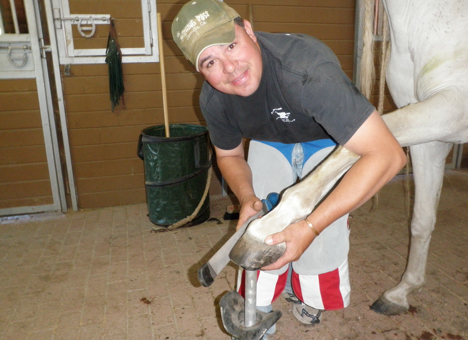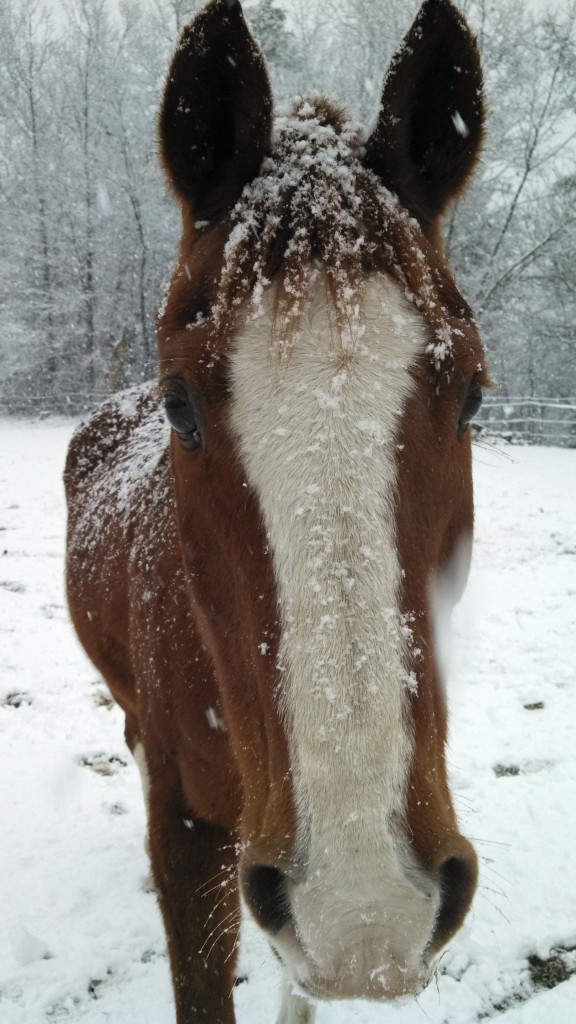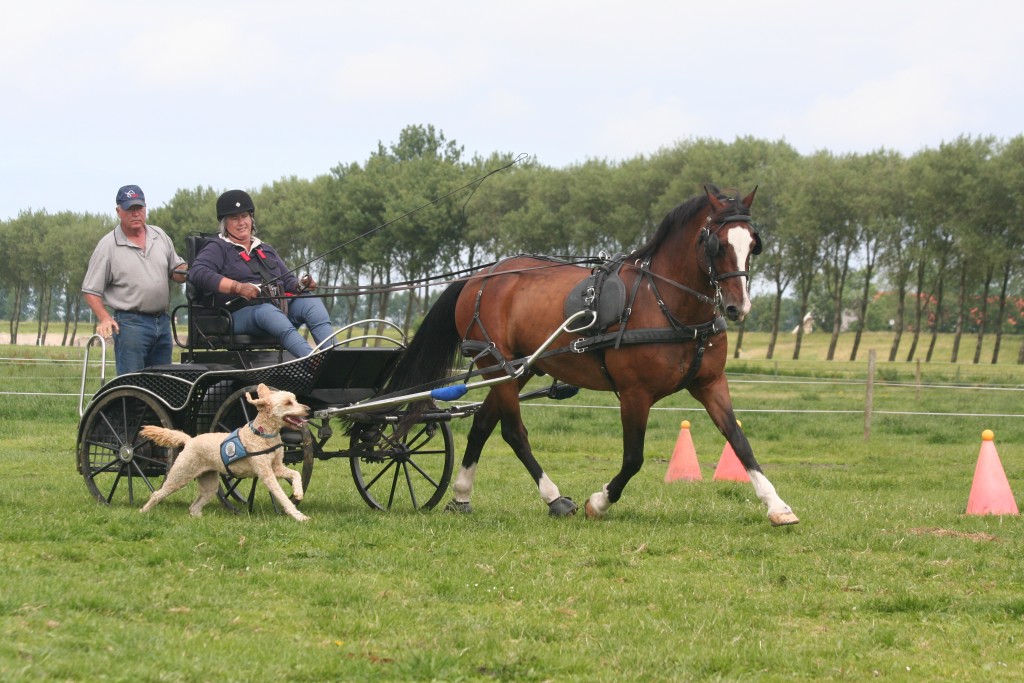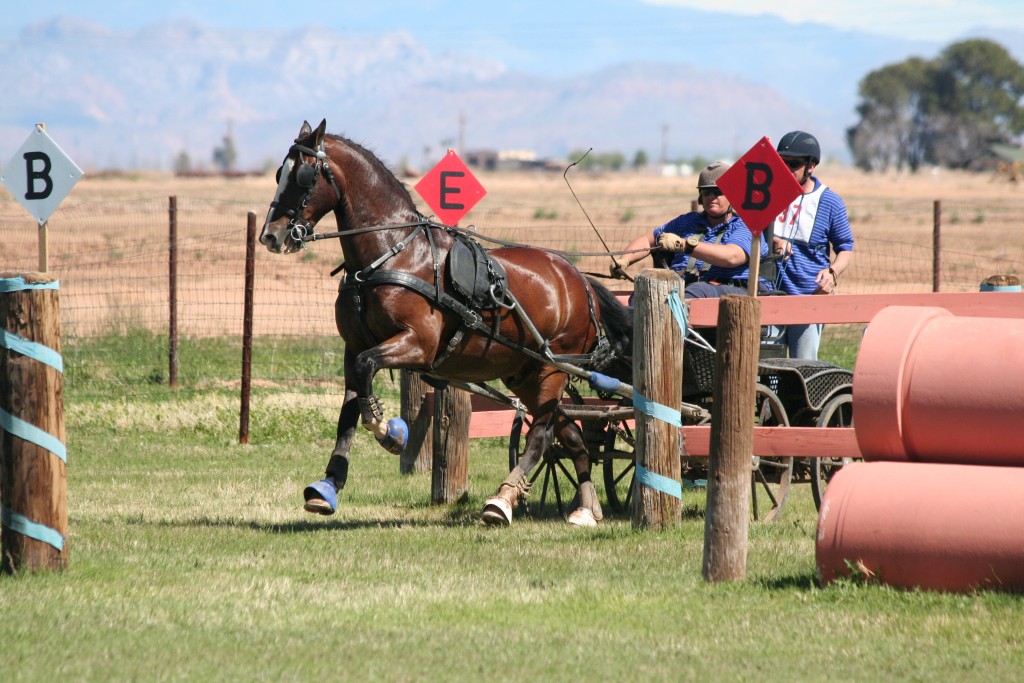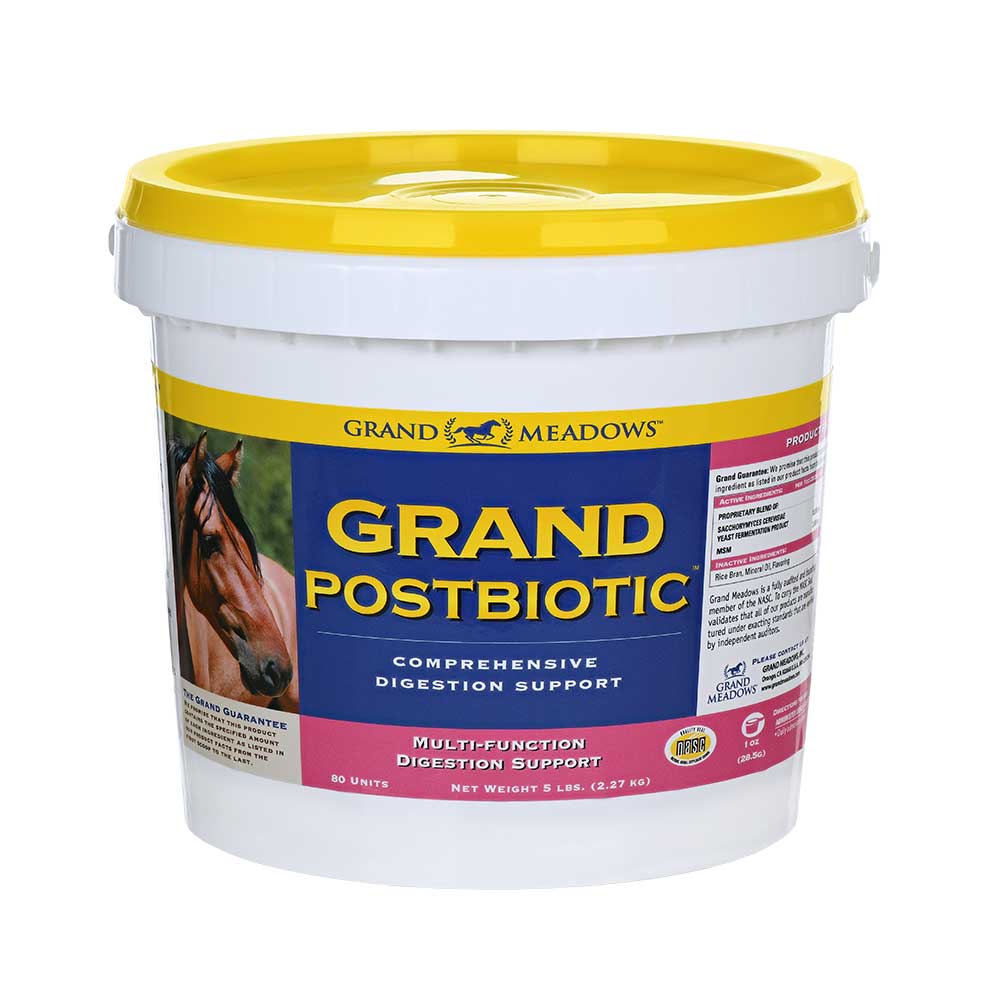Considering Pulling Your Horse’s Shoes for Winter?
It is common this time of year to think about having your horse go barefoot during the winter months when you’ll be riding less and the ground is moist with rain or snow. Robert Barnes of Black Iron Farrier suggests that clients may want to pull just the hind shoes to start.
Many horses have thin soles and need front shoes because 65% percent of their weight is on their front feet. The common reason shoes are pulled during the winter is because it snows or rains for the next six months and some horses manage quite well in these conditions without their hind shoes. Many farmers and ranchers do pull shoes to avoid the expense and trouble of shoeing their livestock through the winter months.
Riding and competition horses that I shoe do the best when they have shoes all year, especially if they are ridden on hard, frozen or rocky ground and also for those horses that are being ridden in indoor/outdoor arenas. These horses need shoes to stay sound and they’ll stay more comfortable with their shoes on.
Keeping your horse barefoot foot is fine for those horses who live on nice green pastures, or horses that live on soft, even good ground. For all horses still being ridden, especially competition horses, I still like to keep their front shoes on if they are going back to work in the Spring.
Robert Barnes
Black Iron Farrier

